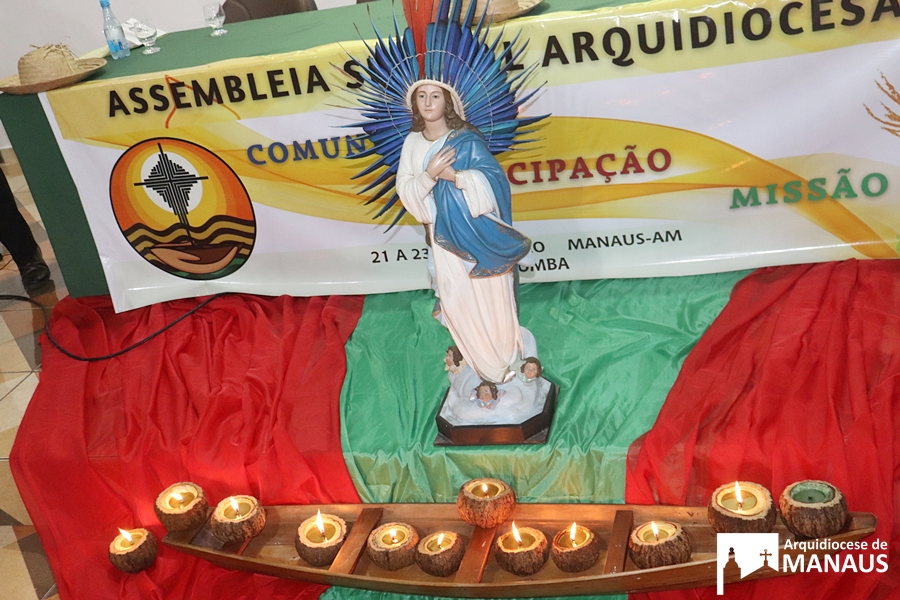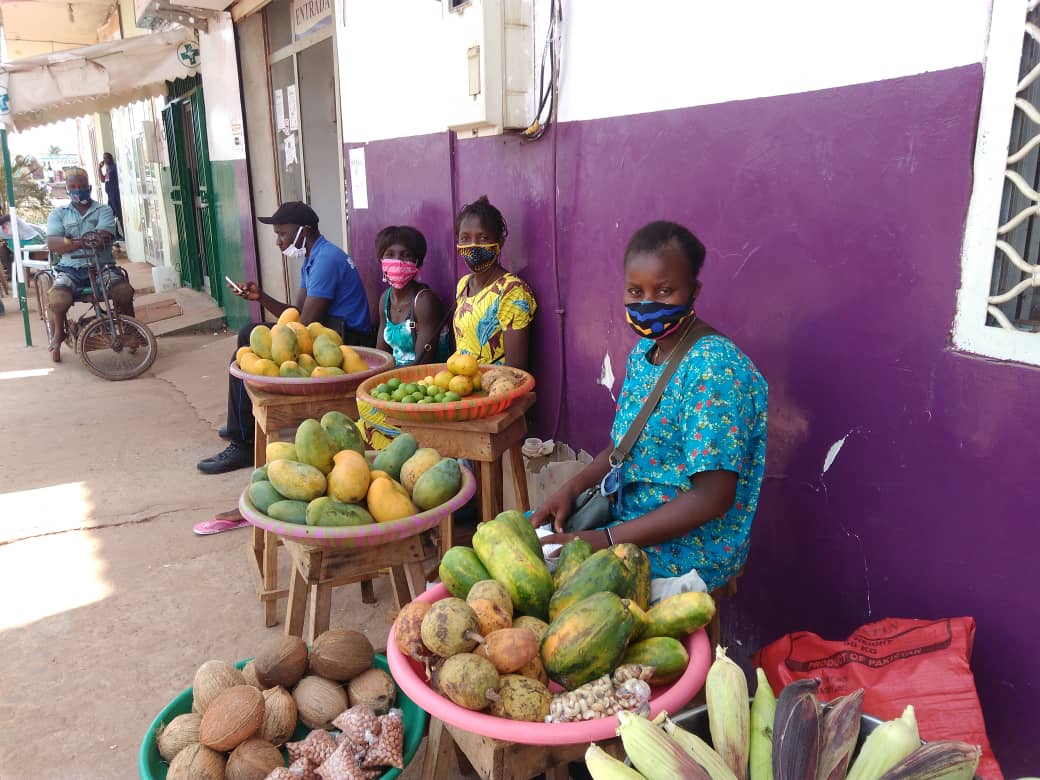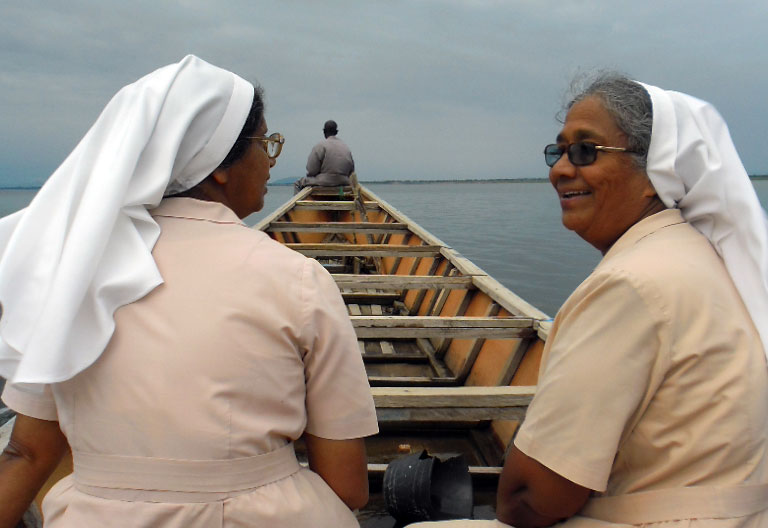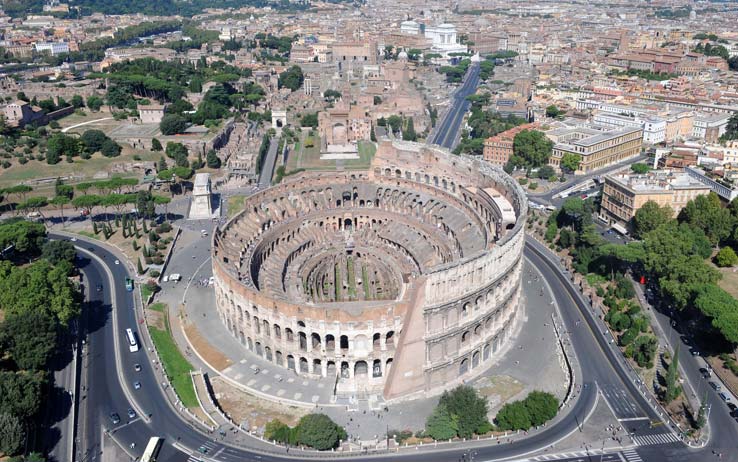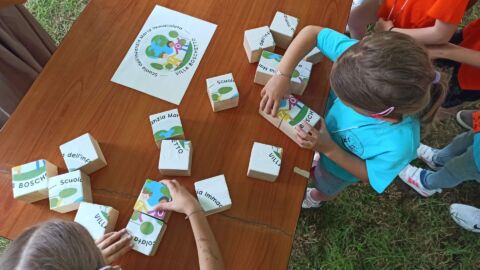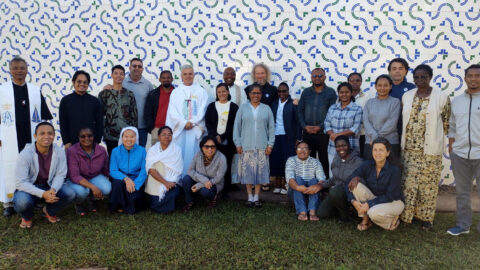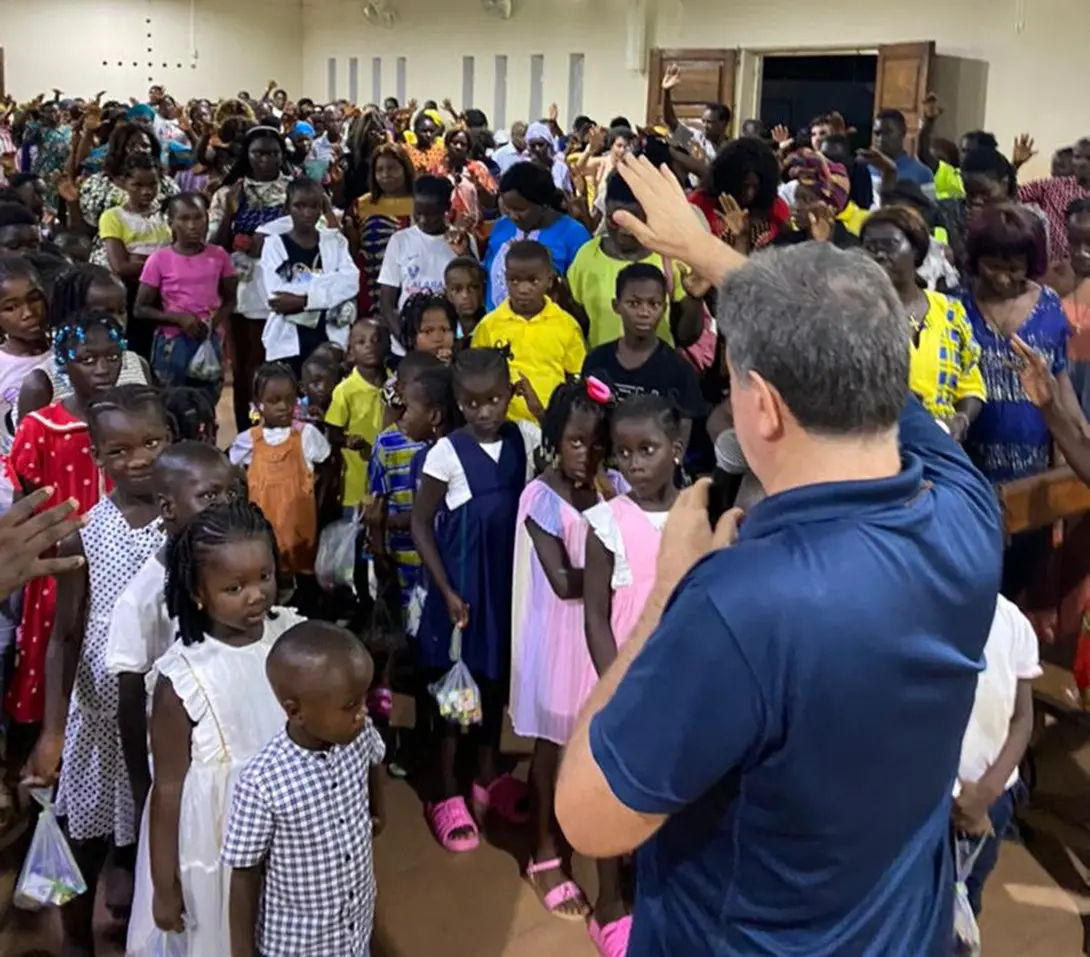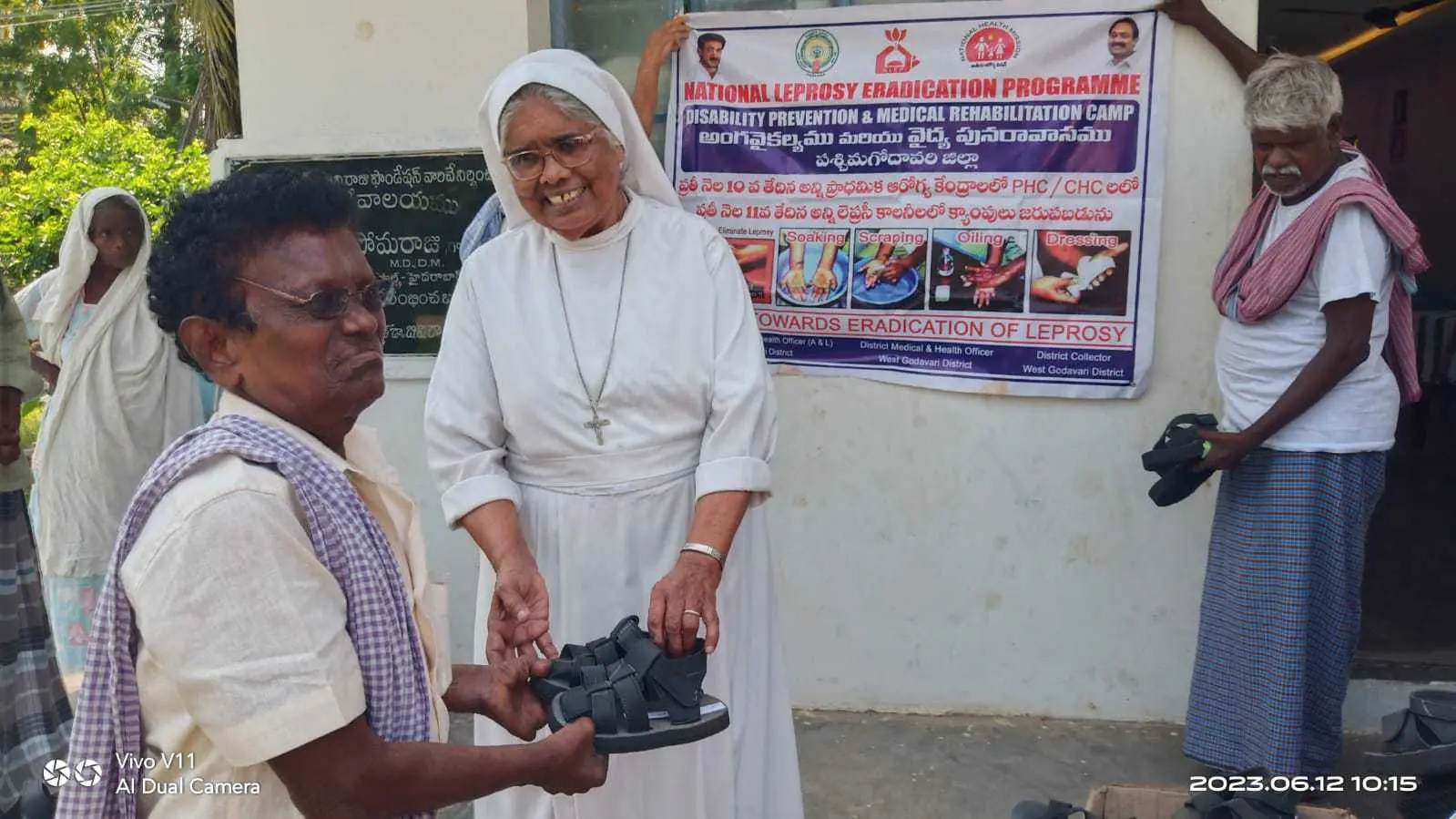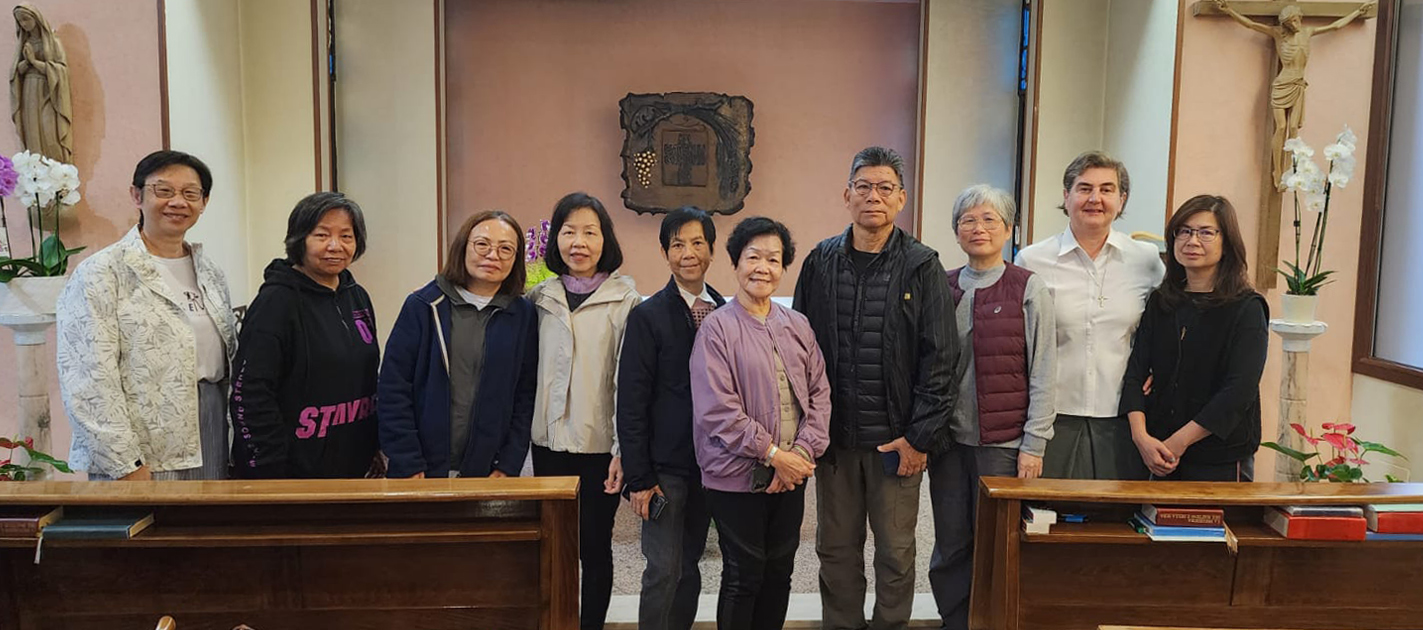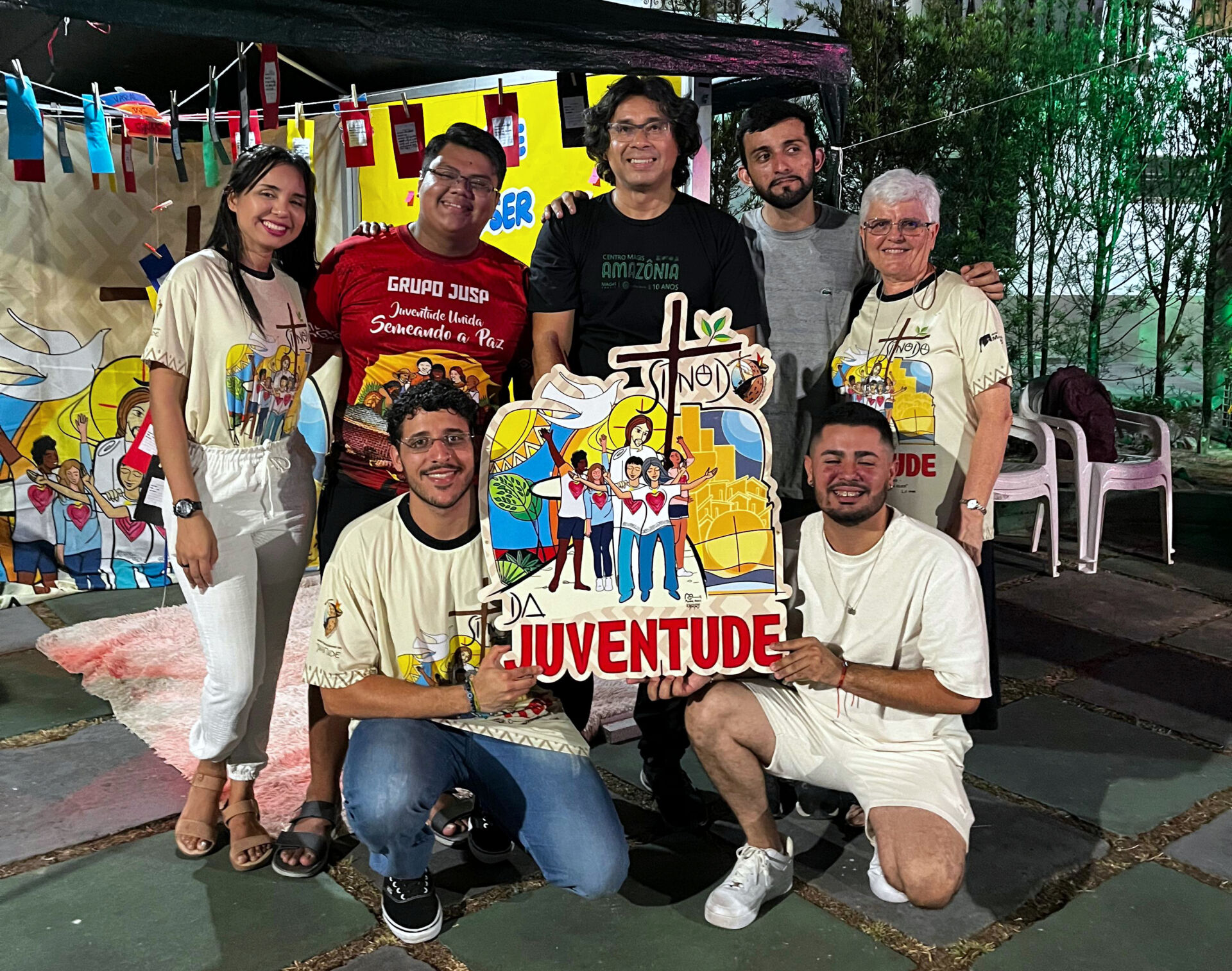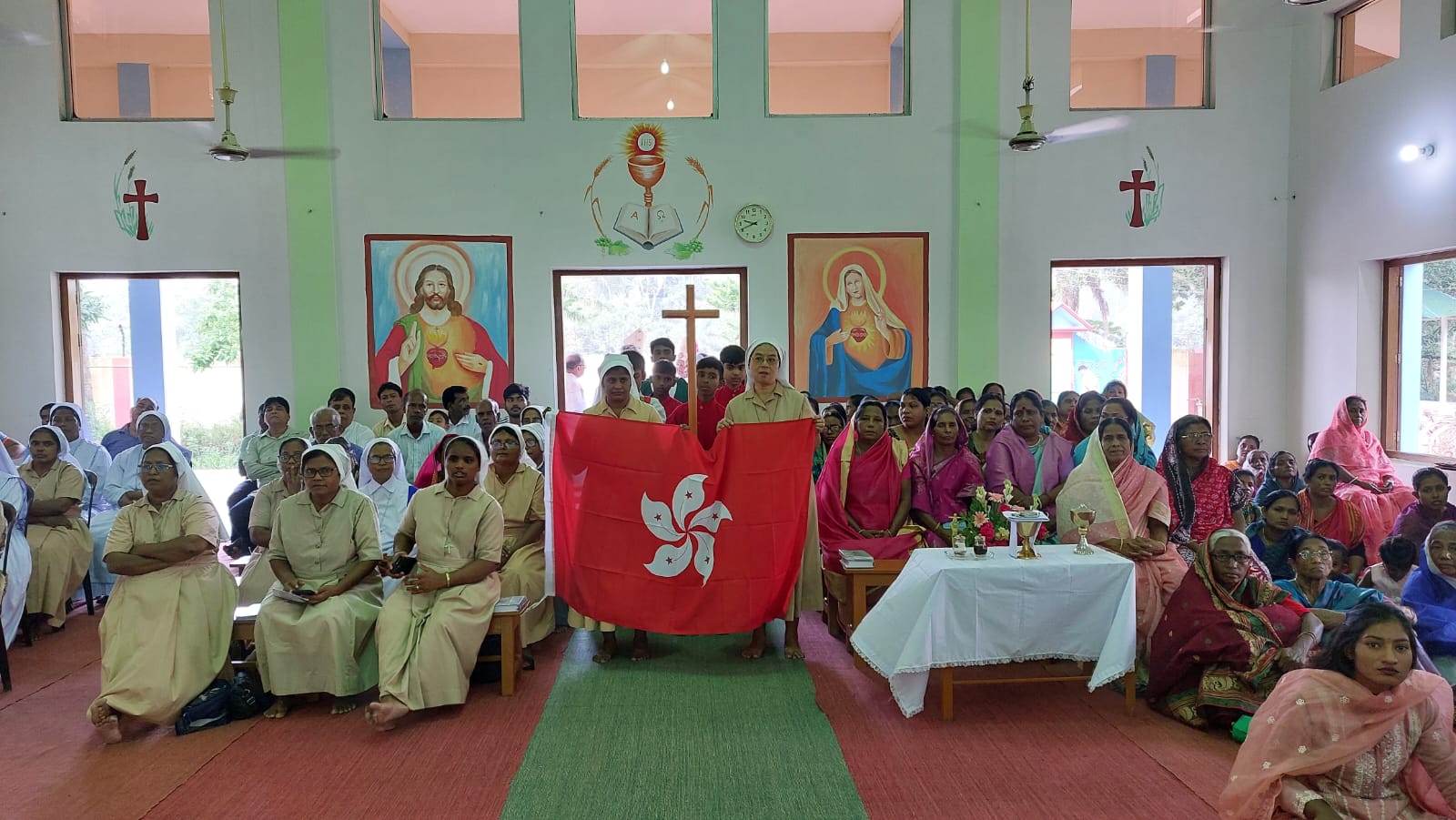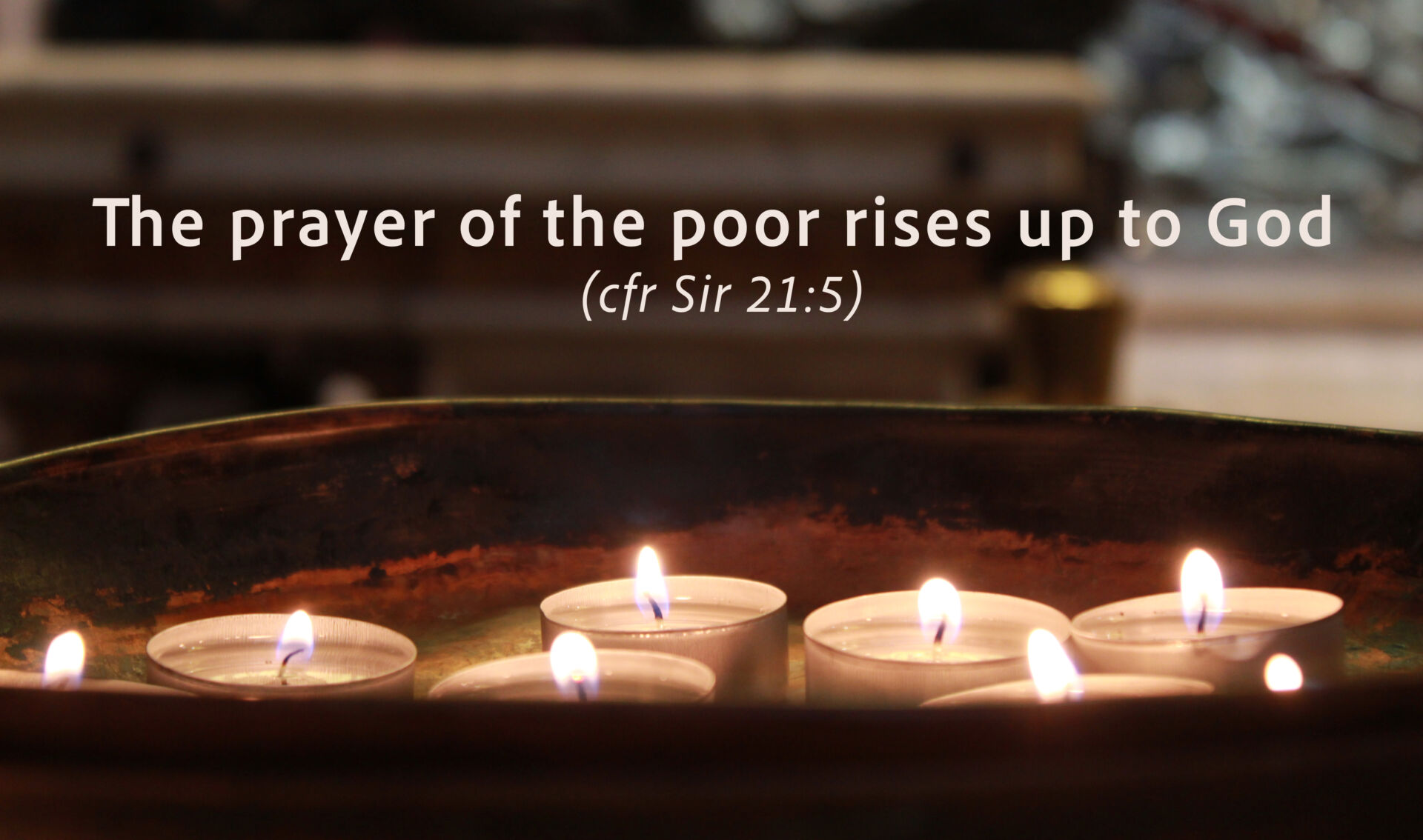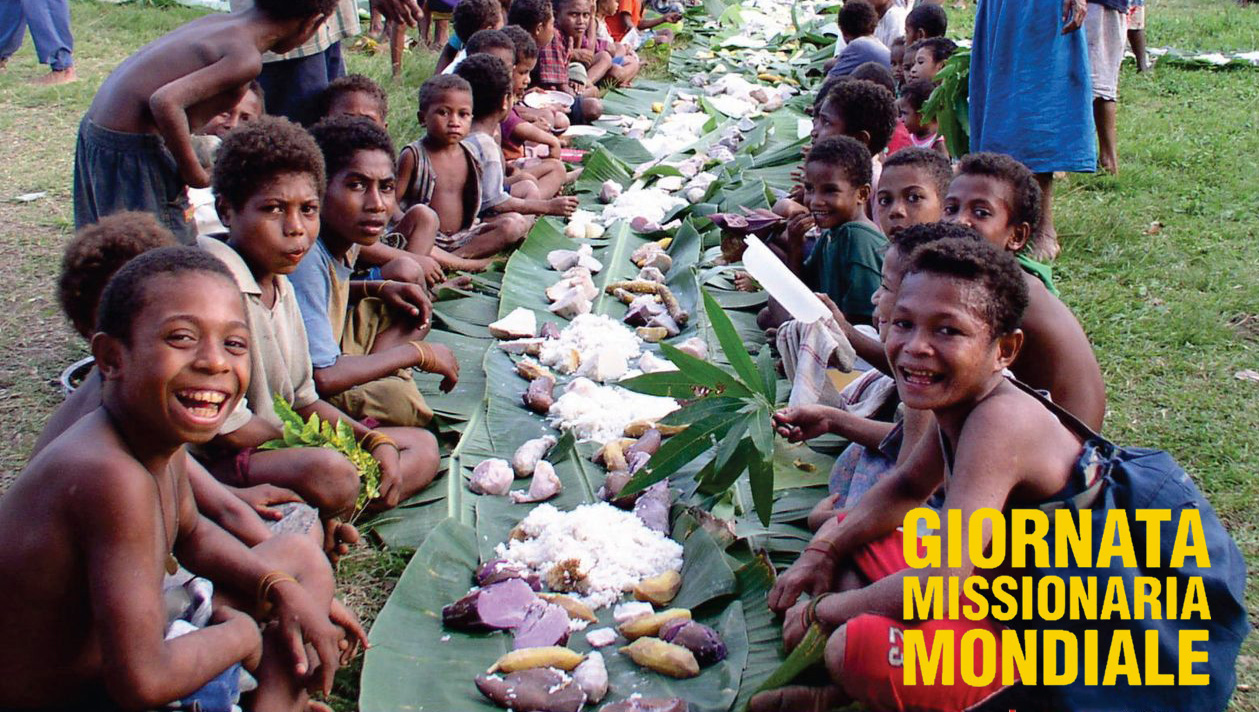A Church that listens, a community of communities that open up to the mission.
Here I am back in Manaus, a Church with which I collaborated for two and a half years, between 2010 and mid-2012, when I was called back to Italy for a service to the General Direction.
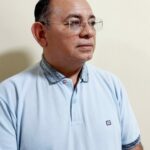
Back in Brazil after 10 years, I carried in my heart the desire to know the new challenges and the journey of this local Church. I asked myself, “Who could I consult to get the information I want? Bishops? Too busy…” I then thought of the pastoral coordinator of the archdiocese: Father Gerardo B., a diocesan who has held this position for more than 10 years.
I met him, and he made himself available to answer my questions, offering me all the material and briefly describing the synodal journey of the Archdiocese.
At the request of the Cardinal, Don Leonardo Steiner, in March 2021 the archdiocese of Manaus started the process of “listening to reality”, anticipating the Pope’s invitation which took place the following October with the convocation of the universal synod on sinodality. The purpose of the listening process was to carry out a large consultation of the population present in the area (cities and rural communities) to understand better the new challenges and needs. The first step was to set up a commission to coordinate the entire synodal journey.
The steps taken in the listening process are interesting: the people were brought together in reflection groups (fathers, religious, families, indigenous people, etc.); meetings were organized with members of the society to get their opinion with the help of specific questions; guidelines which directed the work of the different groups taking into account their specific profile were prepared. The process of “listening to reality” lasted a year.
At the end of the first phase of the process, a summary was drawn up and sent to all. The summary describes the reality of the archdiocese and offers important information on the reality in which we are inserted, on the problems that have arisen, and presents real statistical data. With great satisfaction, the majority of the population was involved, around 80% of the Archdiocese. 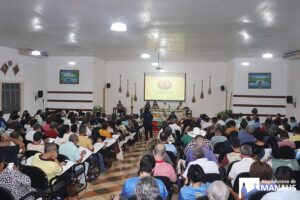
In the second phase, representatives were elected in each parish and missionary area who, summoned to the assembly in October of this year, participated in three days of reflection and discussion in groups. The discernment made in the Assembly led to the elaboration of the guidelines that every parish and missionary area must follow in order to define their own paths of action.
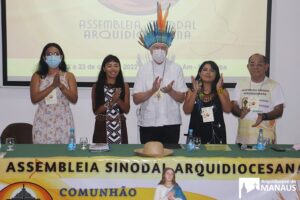
In the Church in Manaus, the dynamic of listening and of decisions taken together, in diocesan assemblies, is nothing new, this modality has been lived for about 40 years. The change introduced this year was not to identify concrete actions or a pastoral plan, but the guidelines that will have to guide the action of every ecclesial reality present in the area. It is a process of discernment and decision-making which involves the base and the hierarchy so that we walk together towards the mission and live the Gospel in every context and situation.
The third phase, which begins this year, provides for the establishment of subcommissions to accompany the development of concrete actions in every ecclesial reality, following the guidelines developed and approved in the Assembly. Among the important points of the guidelines, emerge the missionary spirit, youth, ministering, formation, defense of life, integral ecology.
The first and most urgent among these is the missionary spirit and youth. The face of a Church has been revealed, and it wants to be ever more missionary, open and eager to reach out to those who are far away, or who have drifted away, especially those on the margins, the poorest. It is a Church that wants to walk with young people who still make up a good part of the population, but who unfortunately are not very much present in Catholic Christian communities. It does not want to elaborate proposals for the youth but wants, with them, to trace the path that best helps them to meet each other and above all to encounter Christ who walks with them.
It is a church, a community of communities, which wishes to value and live the ministry. She wants to live and deepen her own faith to put herself at service and to make the involvement of the laity grow more, especially of women who are already very active, but little considered. It is a church that wants to experience dynamism and the involvement of all, to overcome the male chauvinist vision and clerical mentality, and that seriously challenges and questions its hierarchical structures.
The request for ongoing formation is a great appeal from the lay world. We want to collaborate, grow and build formative paths, counting on the collaboration of the Catholic faculties and other educational institutions present in the area. It has been thought of as a “house of formation for the laity” so that they too can have a place of reference for courses and insights. Furthermore, the need to give particular attention to the liturgy so that it is better understood and enculturated, so that it reflects aspects proper to local cultural expression, has emerged more clearly.
There is a desire to give more attention to the service to life, above all in the defense of the areas in which it is most threatened. A lot is already being done, but it does not seem enough. A proposal has arisen to establish a specific vicariate that follows this dimension with particular attention.
The Church in the Amazon takes up the call that arises in Laudato Sii and in Querida Amazonia, that is, to take care of our common home. The two aspects that we want to give more attention are integral ecology and original populations. The indigenous people present in the urban area number around 40,000 who, now far from their own tribes, have settled in the city, trying to preserve their traditions and languages, but are still very vulnerable.
Finally, a Church that shows itself eager to experience solidarity and sharing through the contribution of the faithful to support itself financially. Despite being a poor church, it wants to commit itself and grow in co-responsibility, giving the “tithe”, to become ever more autonomous and walk with its own strength, carrying forward the path of evangelization and the maintenance of its structures with its own human and economic resources.
Furthermore, the priority of communication has not been forgotten, considered a fundamental dimension that crosses all realities. It is important to live in communion and keep connected, despite the great distances that separate the suburbs from the center, the city from rural areas.
This work built together will be the basis for the precious contribution of this local church to the Conference of Bishops in Brazil and to the meeting at the continental level, which will bring together the countries of Latin America and the Caribbean.
The lived experience of synodality was a valuable exercise in overcoming one’s personal visions, in educating oneself to live fraternity and equality in the exercise of listening to different groups, bishops, priests, religious and laity, in a closer perspective to the Gospel.
To experience synodality it was necessary to strip oneself of all forms of power, to overcome preconceptions and attitudes of discrimination, to oppose a selfish culture to put Jesus at the center, to return to being more human and adherent to the Gospel. It was living and comforting each other as brothers and sisters. It was a call that allowed us to immerse ourselves in a deeper and more embodied spirituality.
The synodal style is the path of the Church today, which wishes to listen to, include and overcome the worldly vision of life and the throwaway mentality, to be an outgoing Church, open to the challenges of the mission.
Sr. Rosanna Marchetti, province of Brazil North
Photos: Communication team of the Archdiocese of Manaus

